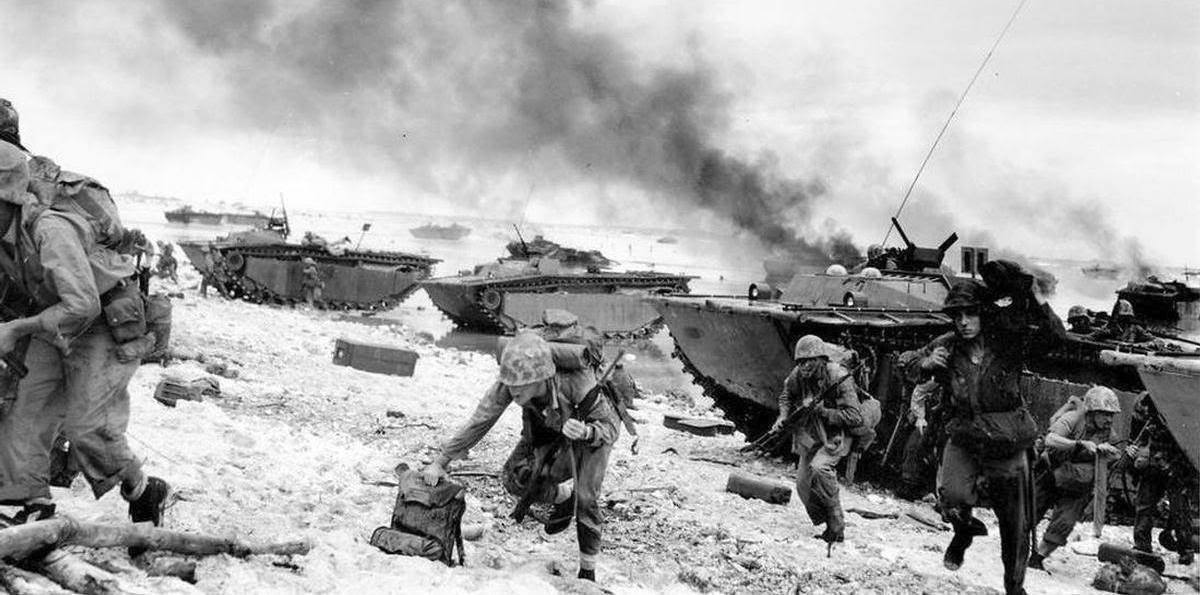
Philippines Campaign
Allied invasion of Japanese-occupied Philippines
20 October 1944 - 2 September 1945
The Philippines campaign, or the Battle of the Philippines, was a conflict fought between the American-Filipino forces and the Japanese Empire during the Second World War. The campaign started when American and Filipino forces fought to liberate the country from Japanese occupation. The battle began with the Allied invasion of the island of Leyte and ended after the atomic bombings of Hiroshima and Nagasaki forced Japan to surrender on all fronts.
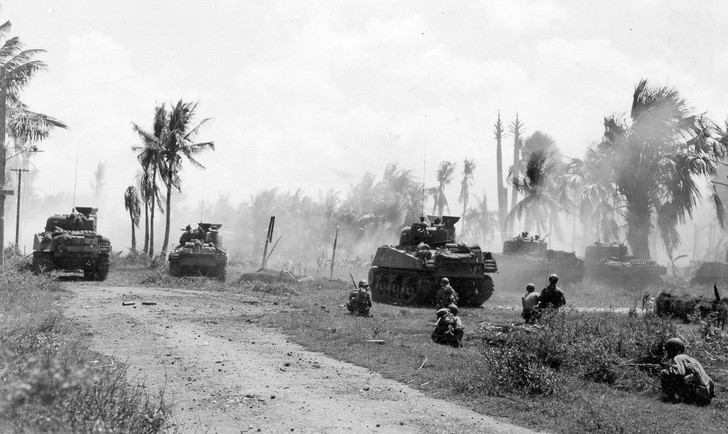
1 of 4
The campaign for Leyte represented the last struggle between the American and Japanese armed forces within the parameters of conventional warfare. It fully engaged every element of the air, ground, and naval forces the belligerents had deployed to the Pacific War.

2 of 4
While the American armed forces perfected their conventional military operations, the Japanese — in actions fueled by desperation — sought to abandon the traditional definitions of how war should be waged. As the Pacific War approached the Japanese Home Islands, no one on either side could know for certain whether modernized or traditional Japanese values would shape the empire’s ultimate opposition to foreign subjugation.
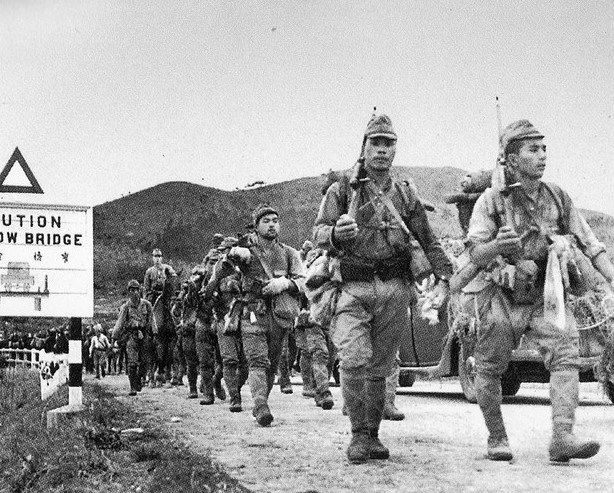
3 of 4
The Japanese army in Luzon knew that if they tried to hold an untenable perimeter, they would be driven into a siege without adequate preparations to hold out. Instead they followed a far shrewder strategy and kept some of their forces fighting on Luzon until the surrender of September 1945.
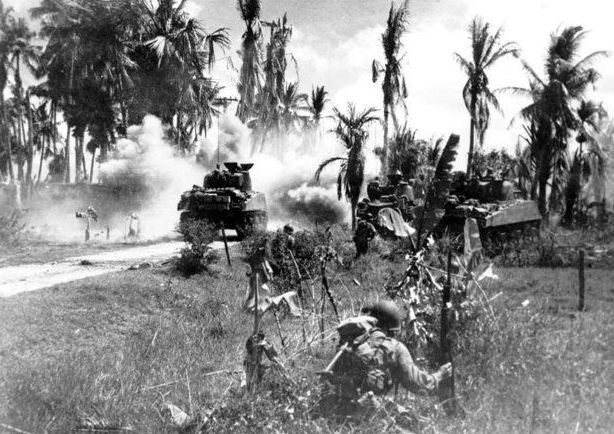
4 of 4
After Manila fell, the US Eighth Army under Robert Eichelberger continued successive amphibious operations throughout the Philippines until the end of the war, occupying islands one by one, after battles that were sometimes fierce and costly. MacArthur could claim that he had reconquered the archipelago, and inflicted defeat on its Japanese occupiers. But since those soldiers could not have been transported to any battlefield where they might influence the war’s outcome, they were as much prisoners in the Philippines as Hitler’s large, futile garrison was in the German-occupied British Channel Islands.
The invasion plan as finally approved by the Supreme Commander General Douglas MacArthur called for the major landing at the southern end of Lingayen Gulf with later subsidiary landings just north of Bataan and southwest of Manila. The obvious place to attack and defend, the Lingayen Gulf also afforded a sheltered bay for the huge conglomeration of ships, a set of very good beaches for the landing, and an open plain toward Manila, 130 miles to the south, for the employment of armor on the main axis of the advance.
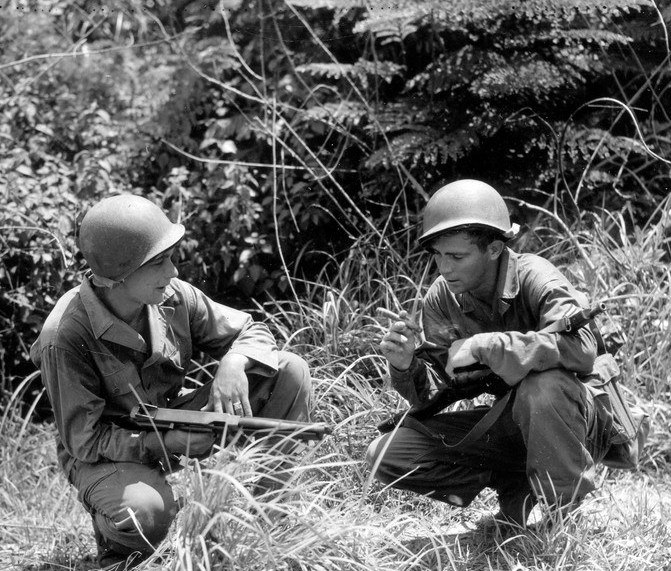
1 of 2
Staging from bases on the northern shore of New Guinea and in the Solomon Islands, the invading forces, which would grow to over a quarter of a million men, were supported by a huge array of naval power. Planning for Leyte began at MacArthur’s new headquarters on the banks of Lake Sentani, in the Cyclops Mountains above Hollandia, New Guinea.
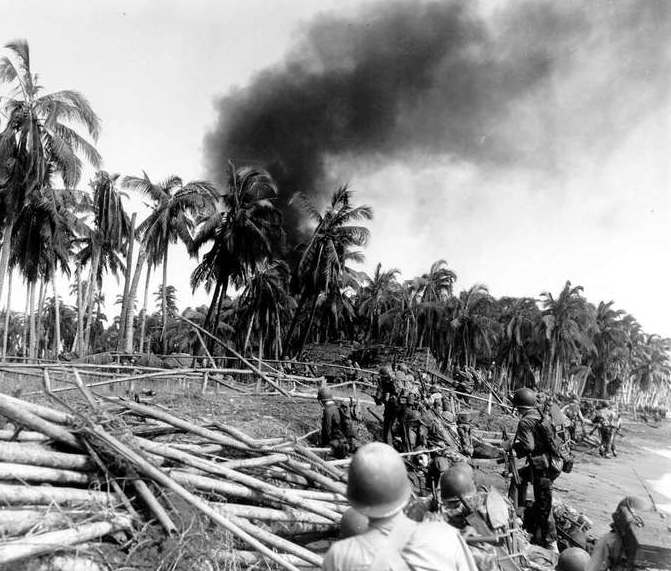
2 of 2
Leyte Gulf lies open to the ocean, and thus to an invasion fleet. The immediate American objective after securing the beaches was the rice and corn belt of Leyte Valley. There MacArthur planned to build airfields to relieve his dependence on carrier air support. He would then dispossess the Japanese of the mountainous regions beyond the plain. When the island was secure he would address Luzon, and thereafter liberate the rest of the archipelago.
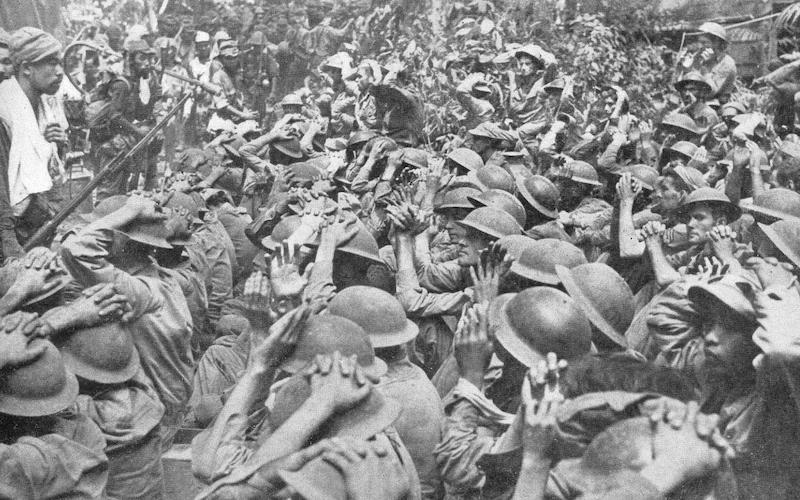
Japanese Invasion of the Philippines
This award was intended not so much for me personally as it is a recognition of the indomitable courage of the gallant army which it was my honor to command. - General Douglas MacArthur, upon receiving the Medal of Honor for his defence of the Philippines.

Battle of the Philippine Sea
During the battle of the Philippine Sea the US Navy inflicted a devastating defeat on the Imperial Japanese Navy. It was the largest carrier to carrier battle in history.
- Gerhard L. Weinberg, A World at Arms A Global History of World War Two, Cambridge University Press, Cambridge, 1994
- Williamson Murray, Allan R. Millett, A War To Be Won Fighting the Second World War, Belknap Press, Cambridge, Massachusetts, 2000
- Max Hastings, All Hell Let Loose: The World at War 1939-45, HarperCollins Publishers, London 2011
- Max Hastings, Retribution: The Battle for Japan, 1944-45, Alfred A. Knopf, New York, 2007





